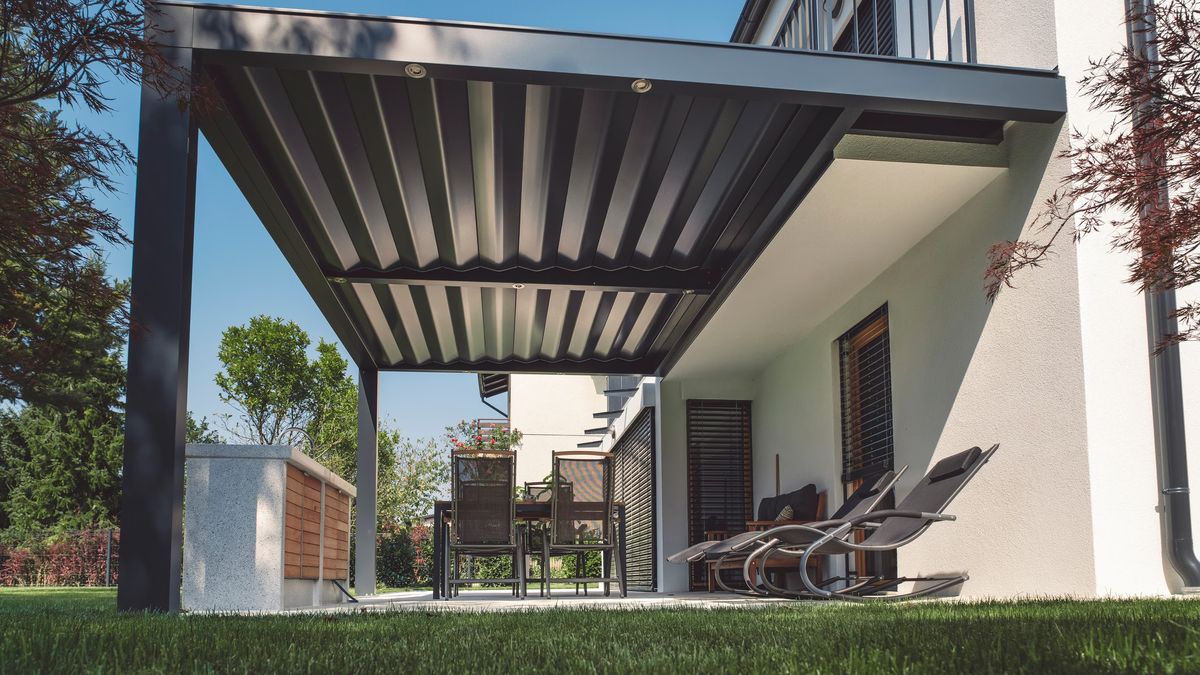
""The best anchoring method to use will vary with the type of surface," says Matt Moniz, landscaping and gardening expert at Maverick Landscaping. This underscores the importance of surface assessment before installation."
""If you are working on soil or grass, you might instead set ground spikes or helical anchors, and it is a good idea to pour concrete footings below a frost line in a cold climate." This highlights considerations for different terrain."
""For a truly permanent installation, I would recommend digging holes for each post, usually 2 feet deep, filling the holes with concrete, and installing pressure-treated posts or post brackets; this way, the posts will not shift due to soil movement or heavy rain." This is crucial for long-term stability."
""If you are putting the pergola on paving or tiles, you will have to pull up a few paving slabs in order to pour [or add] small concrete footings beneath for solid anchoring without compromising the surrounding surface." This provides a practical solution for installations on hard surfaces."
Anchoring a pergola is crucial for its stability and longevity, particularly in windy conditions. The method of anchoring depends on the type of underlying ground, such as soil or concrete. Experts recommend various techniques, including using galvanized steel post bases with expansion bolts for concrete surfaces or setting ground spikes for natural soil. For the strongest anchor, it's advisable to dig deep into the ground, fill with concrete, and use pressure-treated wood, especially in colder climates to avoid shifting from soil movement.
Read at Homebuilding & Renovating
Unable to calculate read time
Collection
[
|
...
]